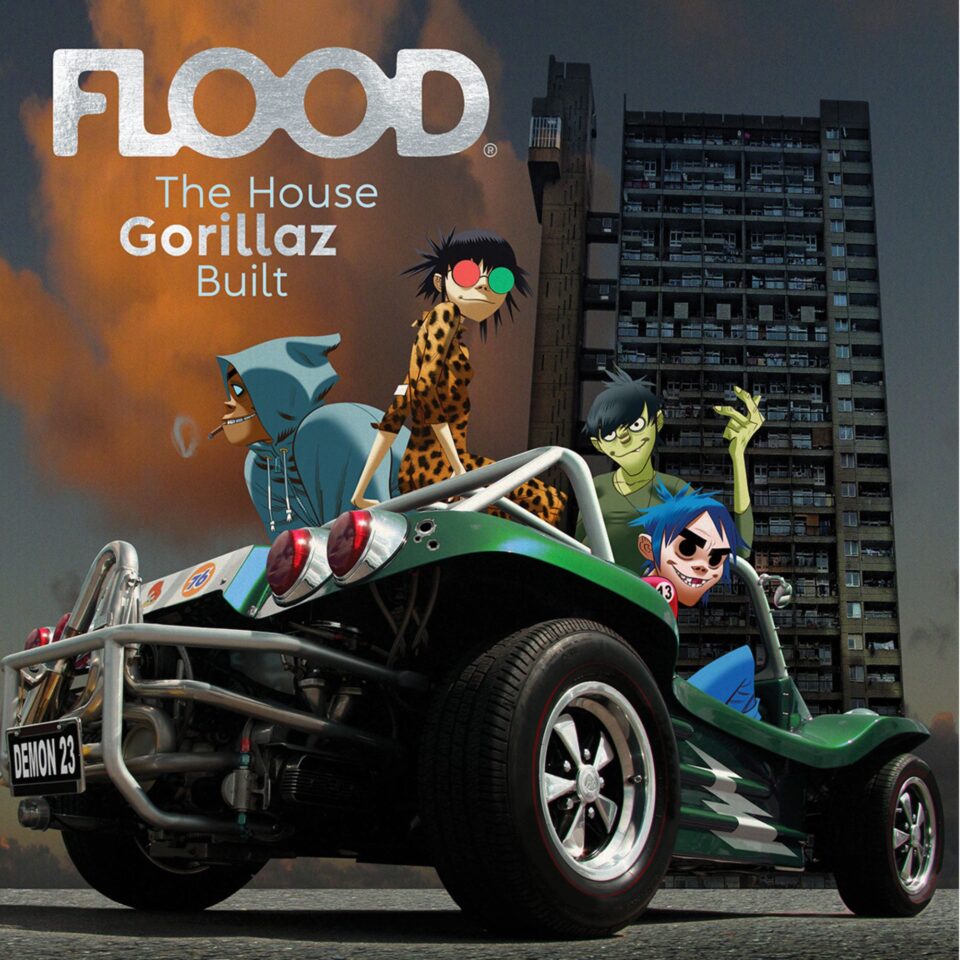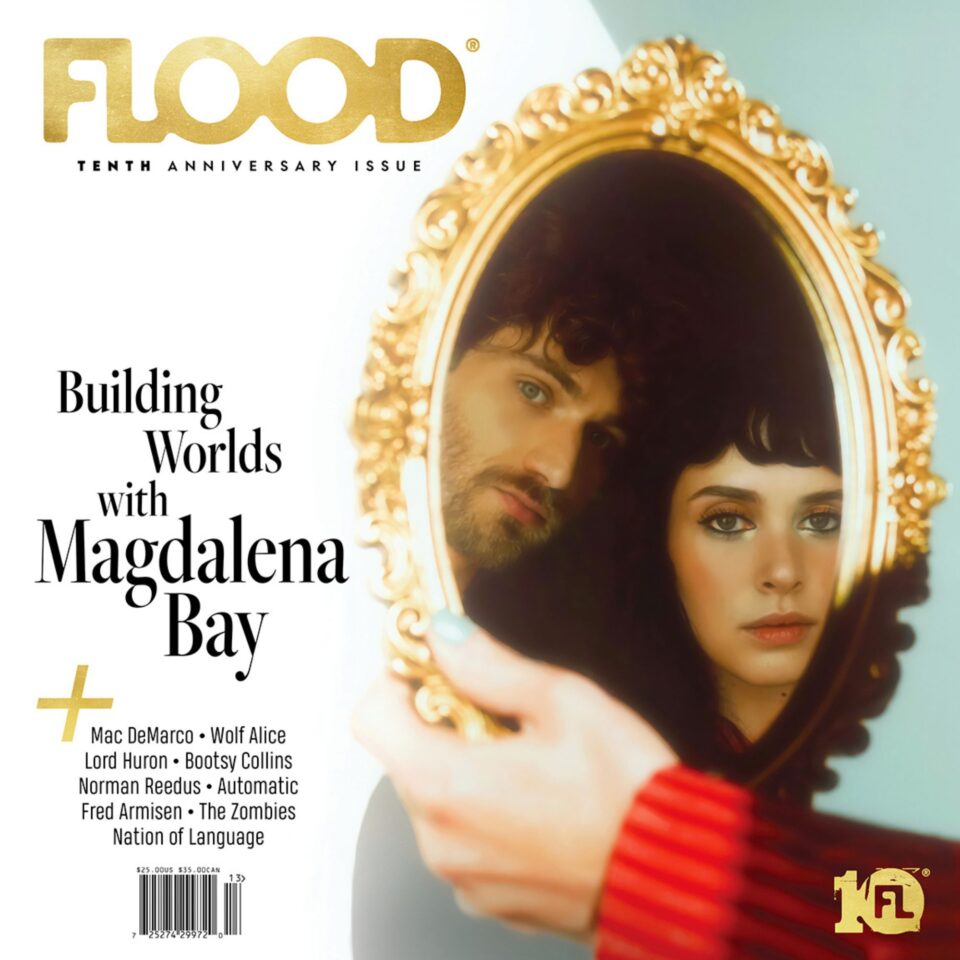Celebrate our tenth anniversary with the biggest issue we’ve ever made. FLOOD 13 is deluxe, 252-page commemorative edition—a collectible, coffee-table-style volume in a 12″ x 12″ format—packed with dynamic graphic design, stunning photography and artwork, and dozens of amazing artists representing the past, present, and future of FLOOD’s editorial spectrum, while also looking back at key moments and events in our history. Inside, you’ll find in-depth cover stories on Gorillaz and Magdalena Bay, plus interviews with Mac DeMarco, Lord Huron, Wolf Alice, Norman Reedus, The Zombies, Nation of Language, Bootsy Collins, Fred Armisen, Jazz Is Dead, Automatic, Rocket, and many more.
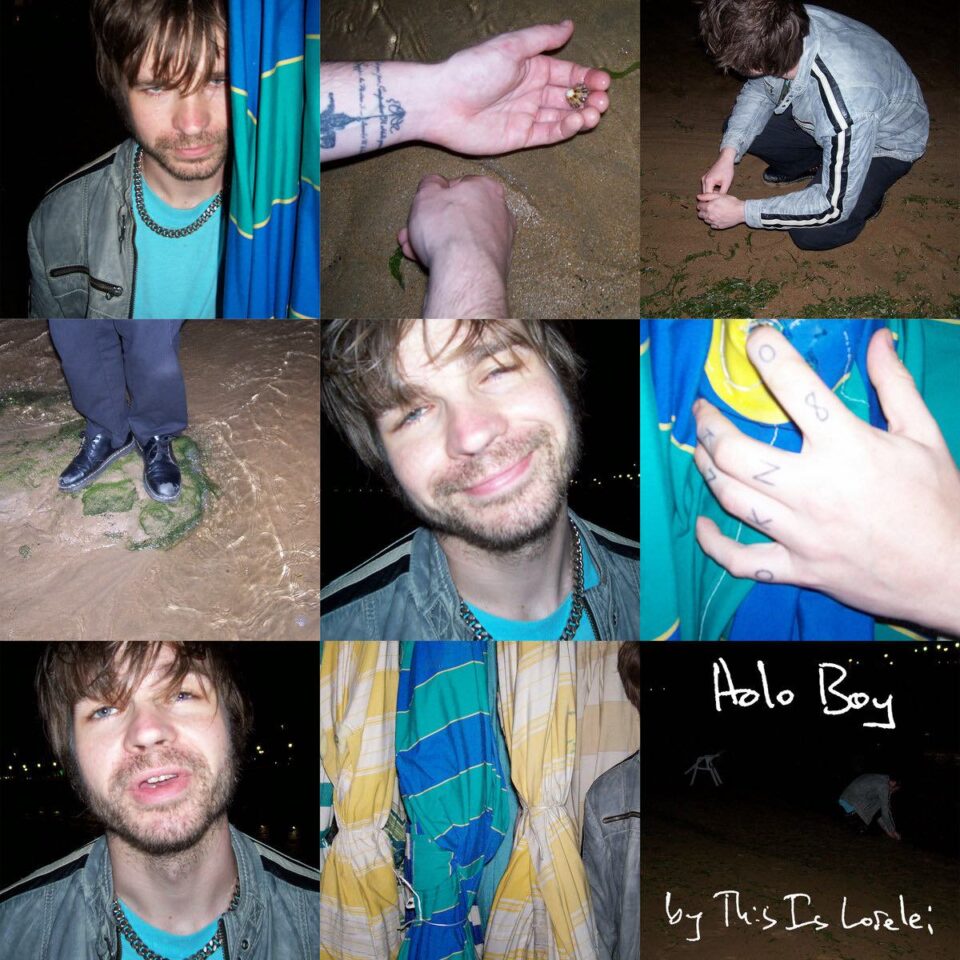
This Is Lorelei, Holo Boy
Water From Your Eyes’ Nate Amos digs into his back catalog of nearly 70 releases shared over the last 12 years, revealing his humble beginnings and the seeds of last year’s breakout LP.
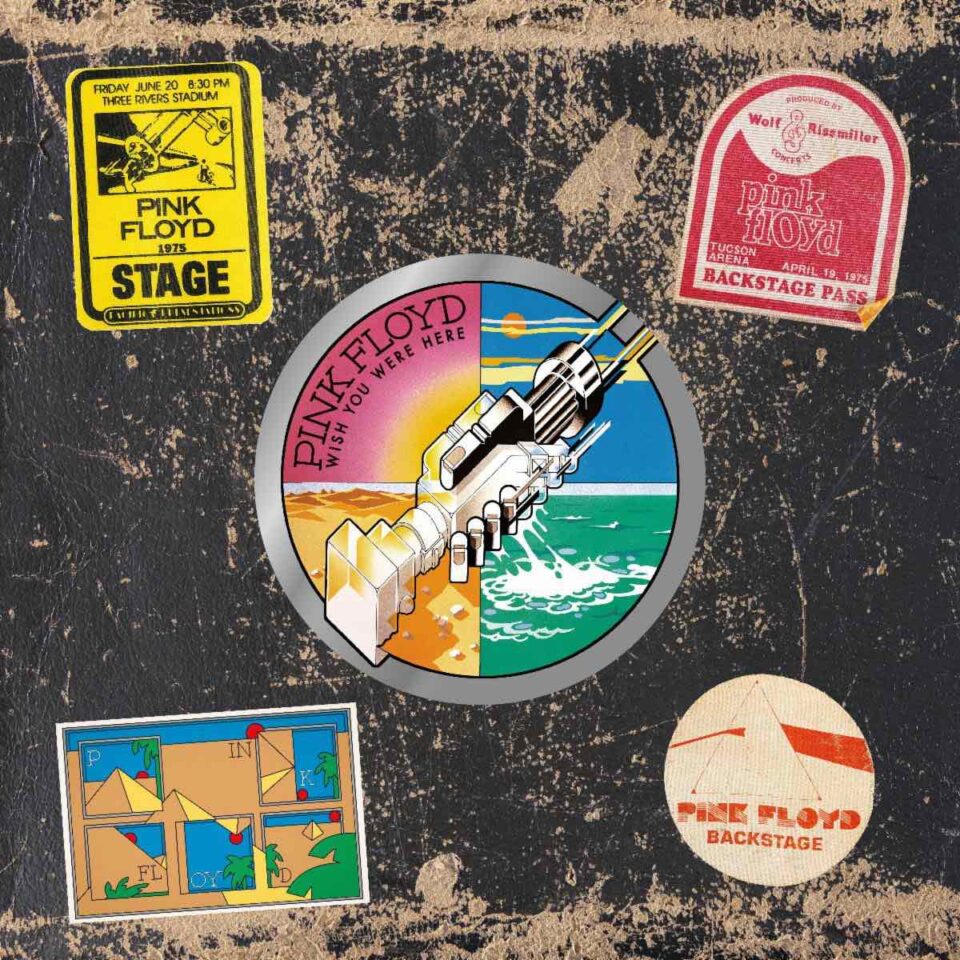
Pink Floyd, Wish You Were Here 50
This box set repackages the languid yet damaged follow-up to the band’s breakout success, with its true star being the massive-sounding bootleg of a 1975 live show at LA’s Sports Arena.

Blur, The Great Escape [30th Anniversary Edition]
Packed with era-appropriate B-sides, this release celebrates the Britpop quartet in their last gasp of opulent orchestration as they moved into lonely disillusionment and reserved distance.
Mischa Pearlman

The first proper album from the punk seven-piece thrives with a sense of wild abandon and sheer joy at being alive.
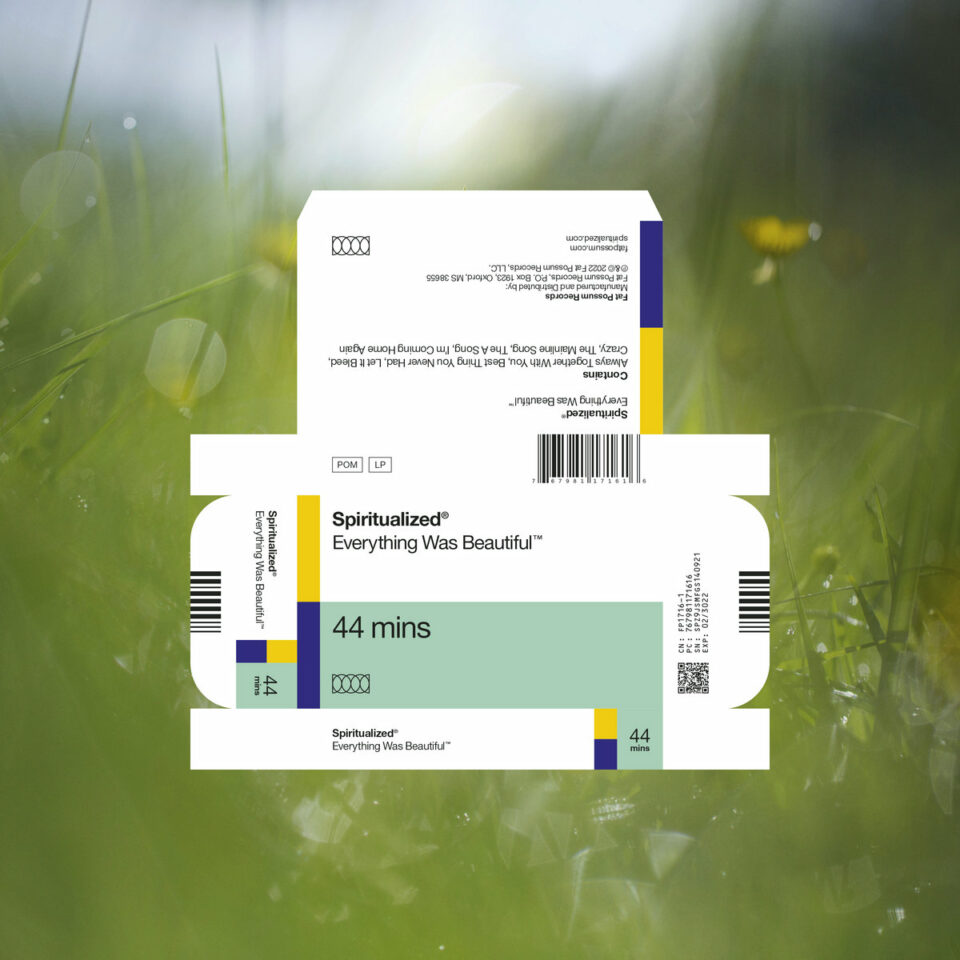
This ninth full-length offers a contemporary yet simultaneously anachronistic soundtrack to a world that’s become even more fucked in the four years since its prequel was released.
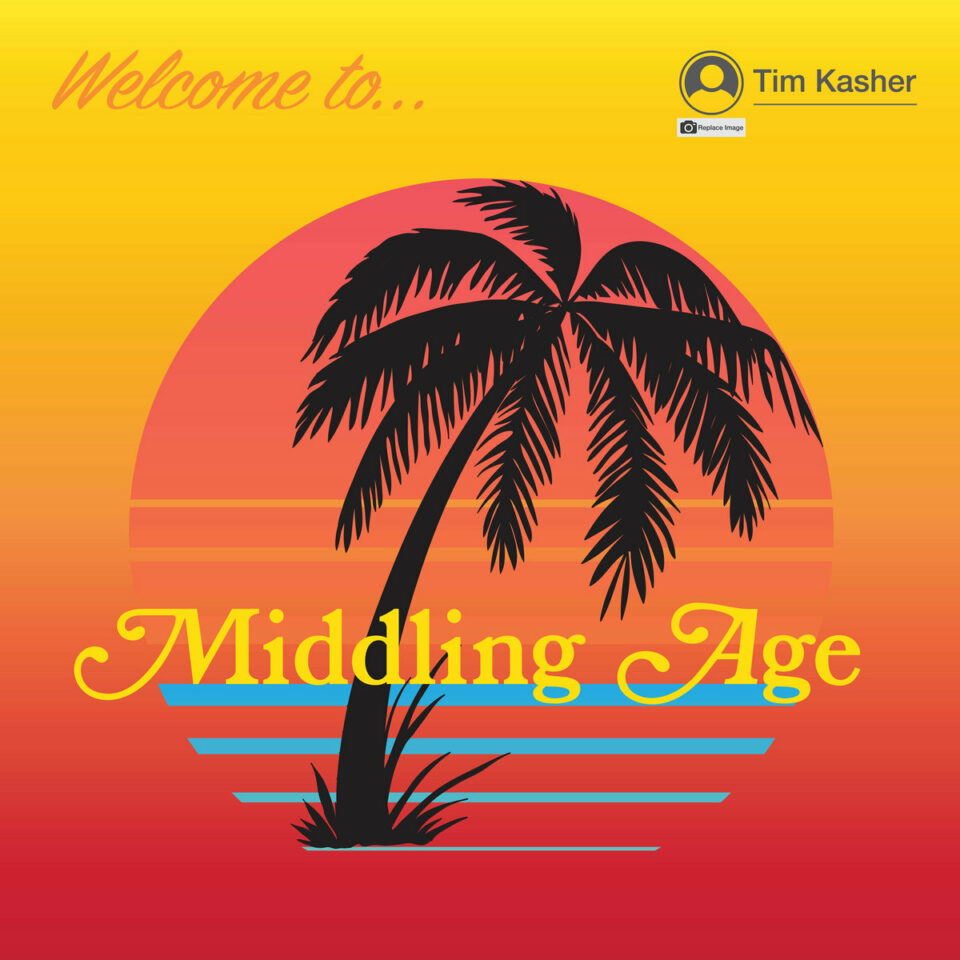
The urgency and intention and raw, ragged truth that usually defines the Cursive frontman’s work is often lost within his latest solo LP’s arrangements.
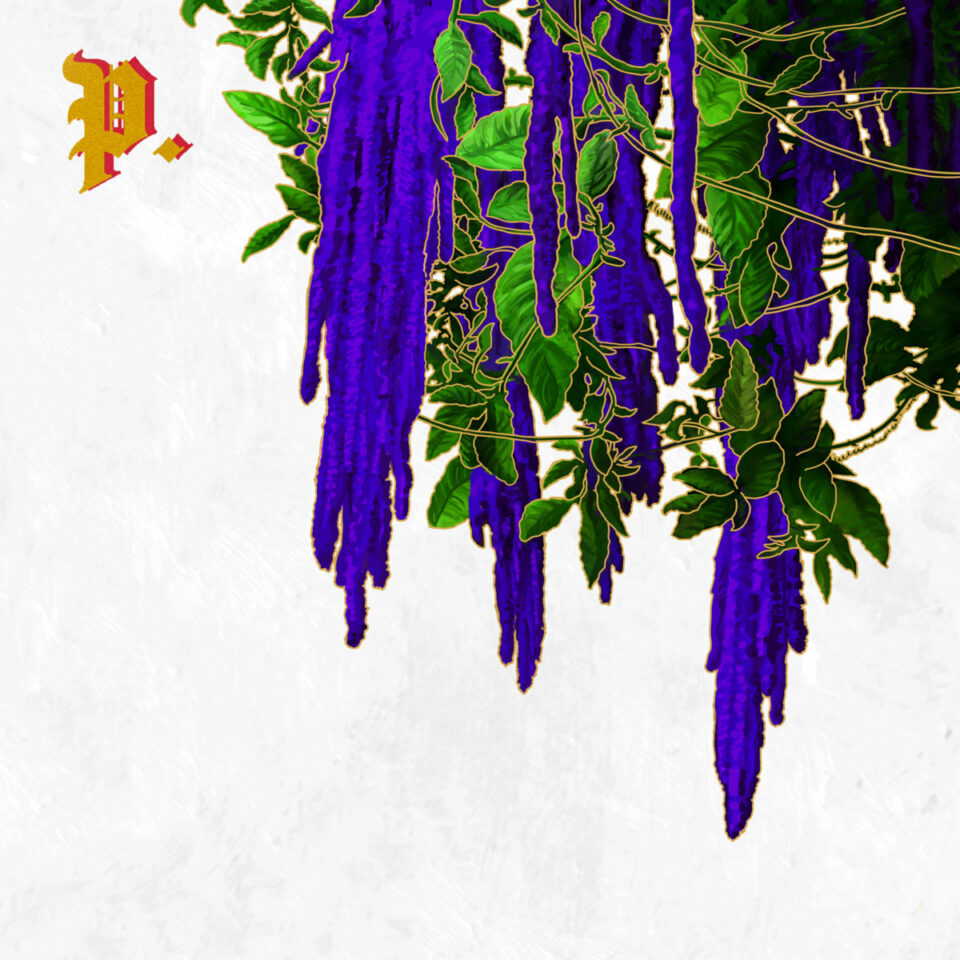
For this Bartees Strange–produced third record, the emo trio explore how Black genius often goes ignored.

This 2015 performance from Conor Oberst’s punk band pays less attention to being in tune than it does to turning the rage of the songs into tangible energy.
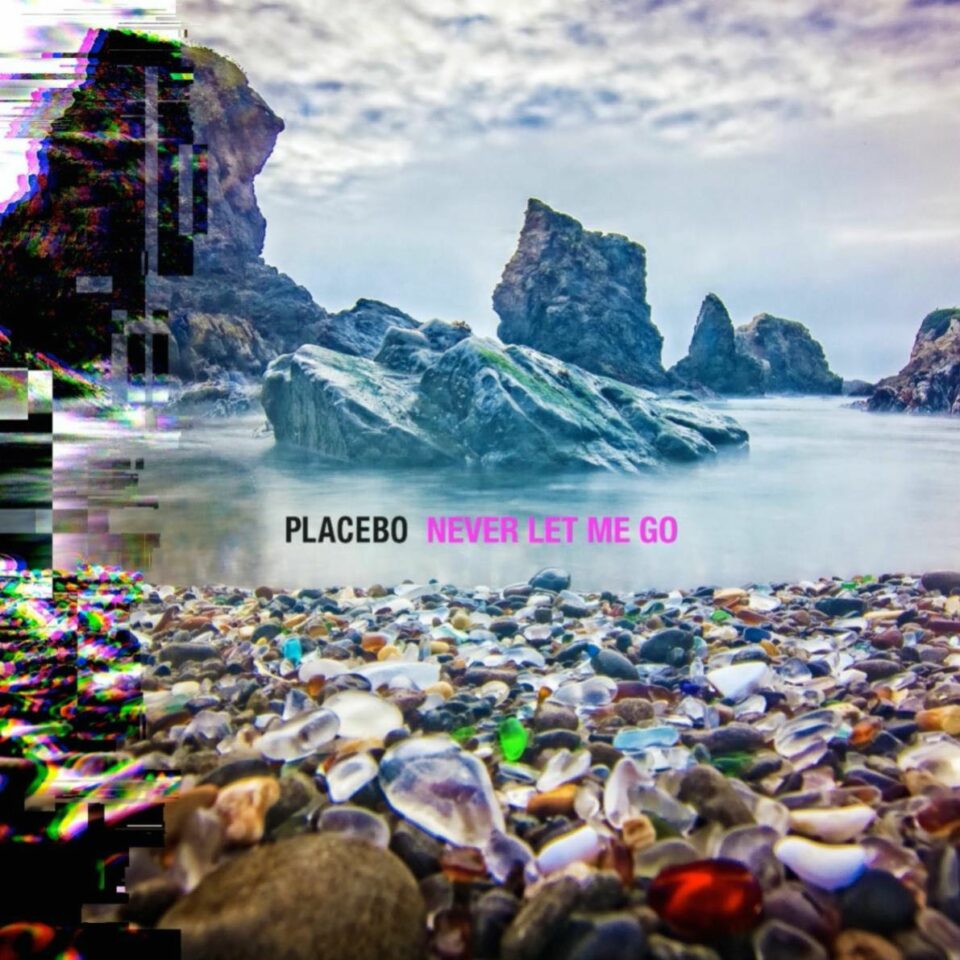
The duo’s first full-length in almost nine years recaptures the glory of their earlier days more than the path of slight self-parody they had occasionally veered into since.
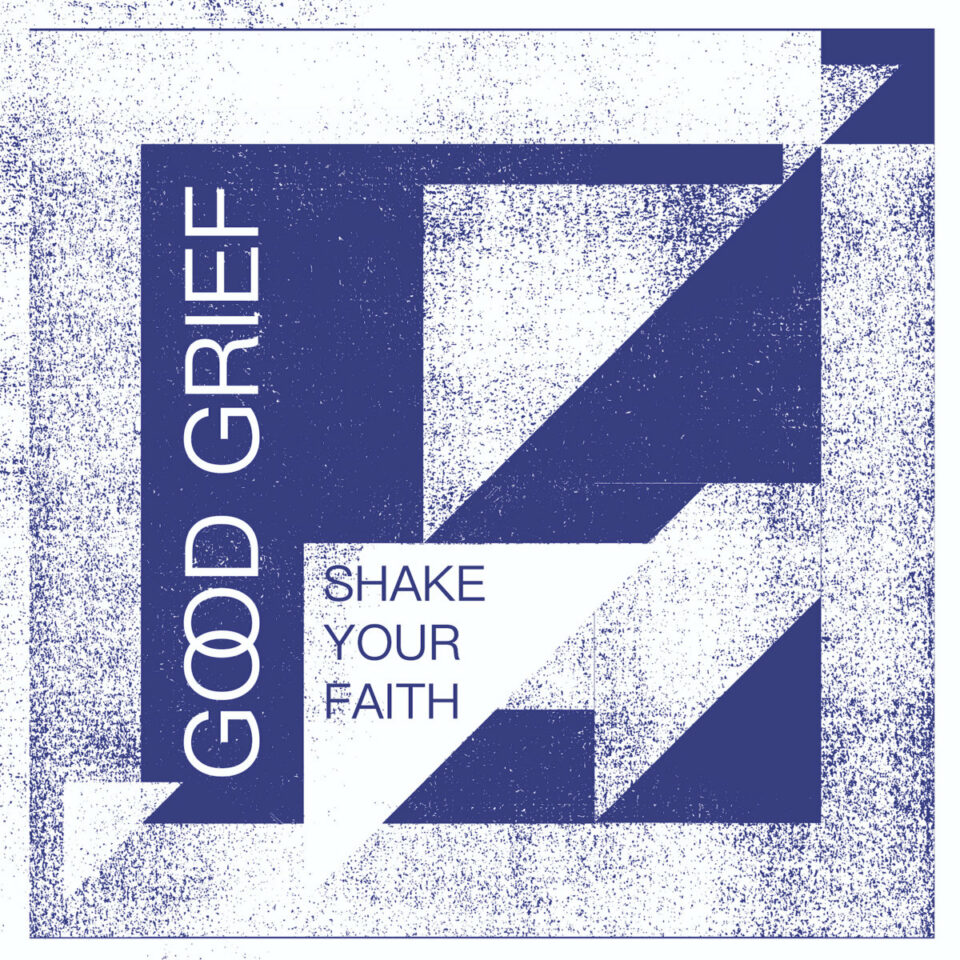
While there are slivers of Superchunk, early R.E.M., The Lemonheads, and Hüsker Dü here, the Liverpool punks’ debut also shimmers with its own distinct personality.
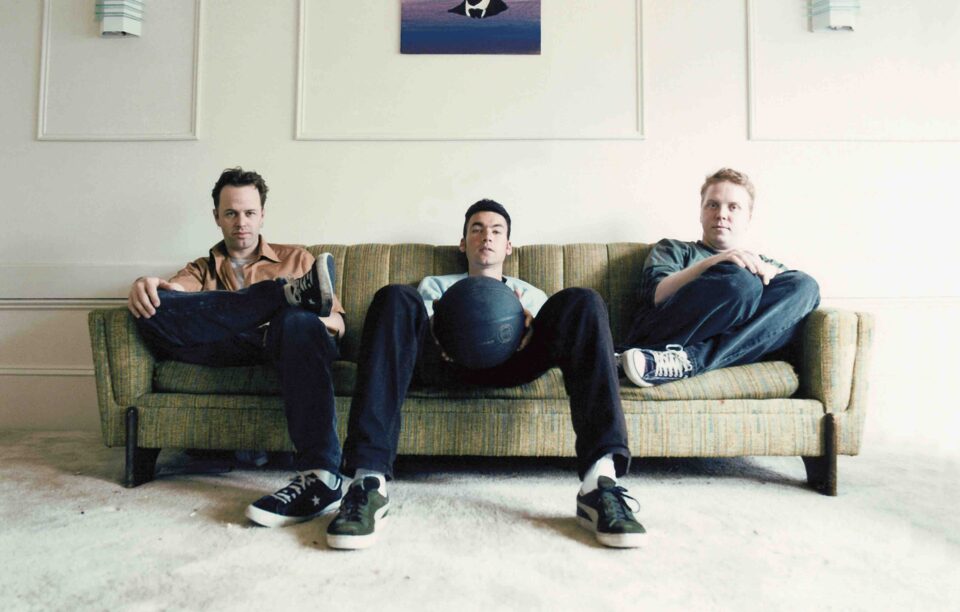
We caught up with Blake Schwarzenbach ahead of the punk trio’s belated 25-year anniversary tour for their last record, which kicks off tonight.
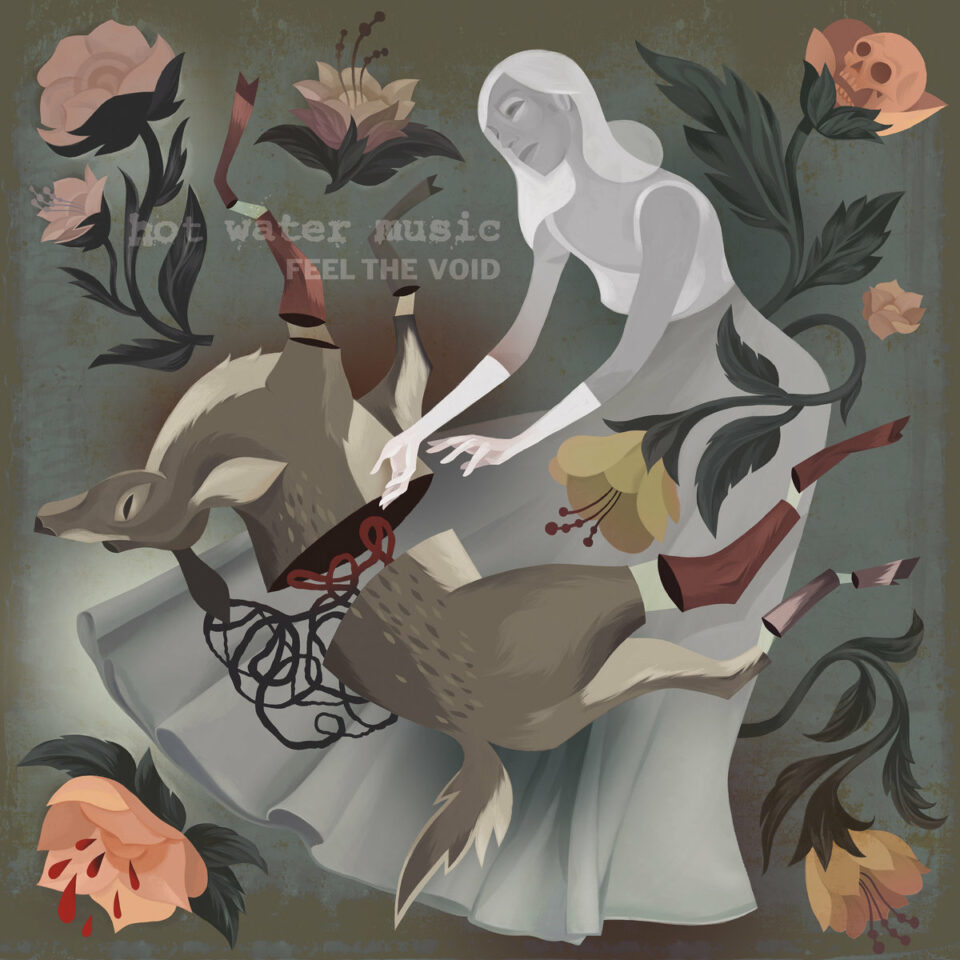
This tenth studio album from the Gainesville punks is a positive and triumphant dance in the face of trauma.
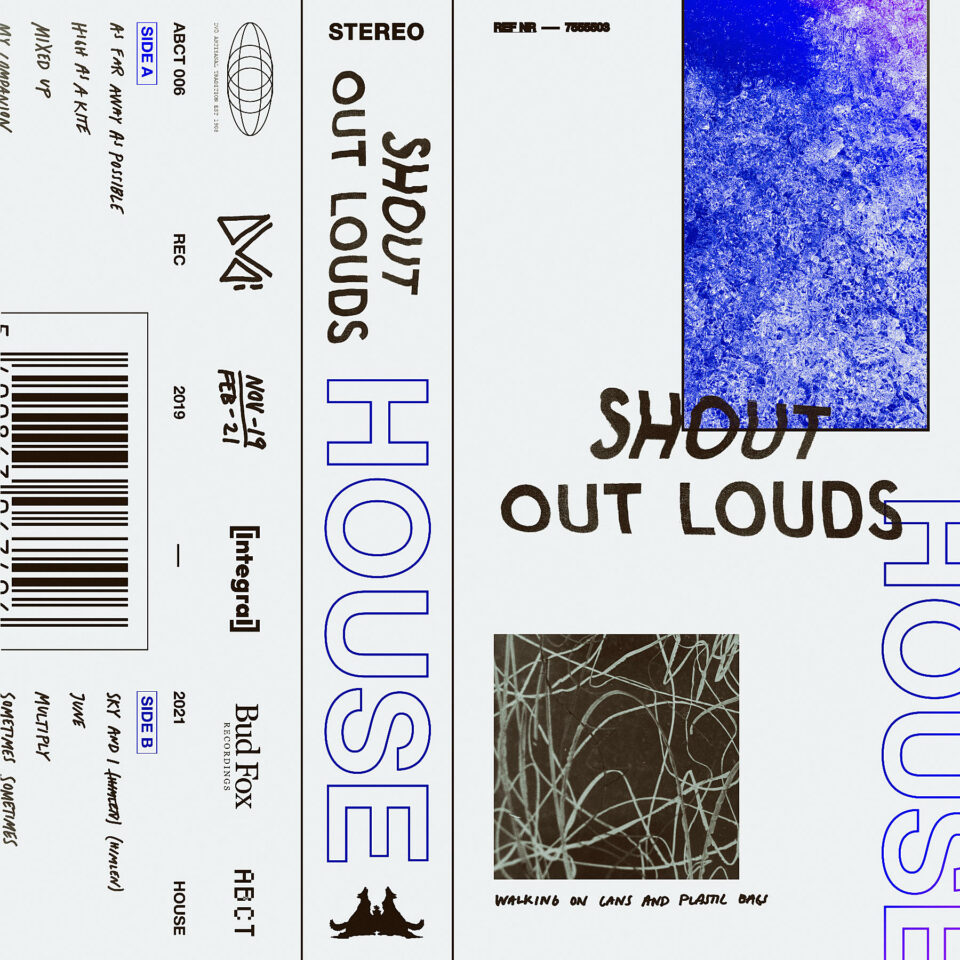
The Stockholm-based band’s sixth full-length draws you deeply into the warm memories that serve as its foundation.
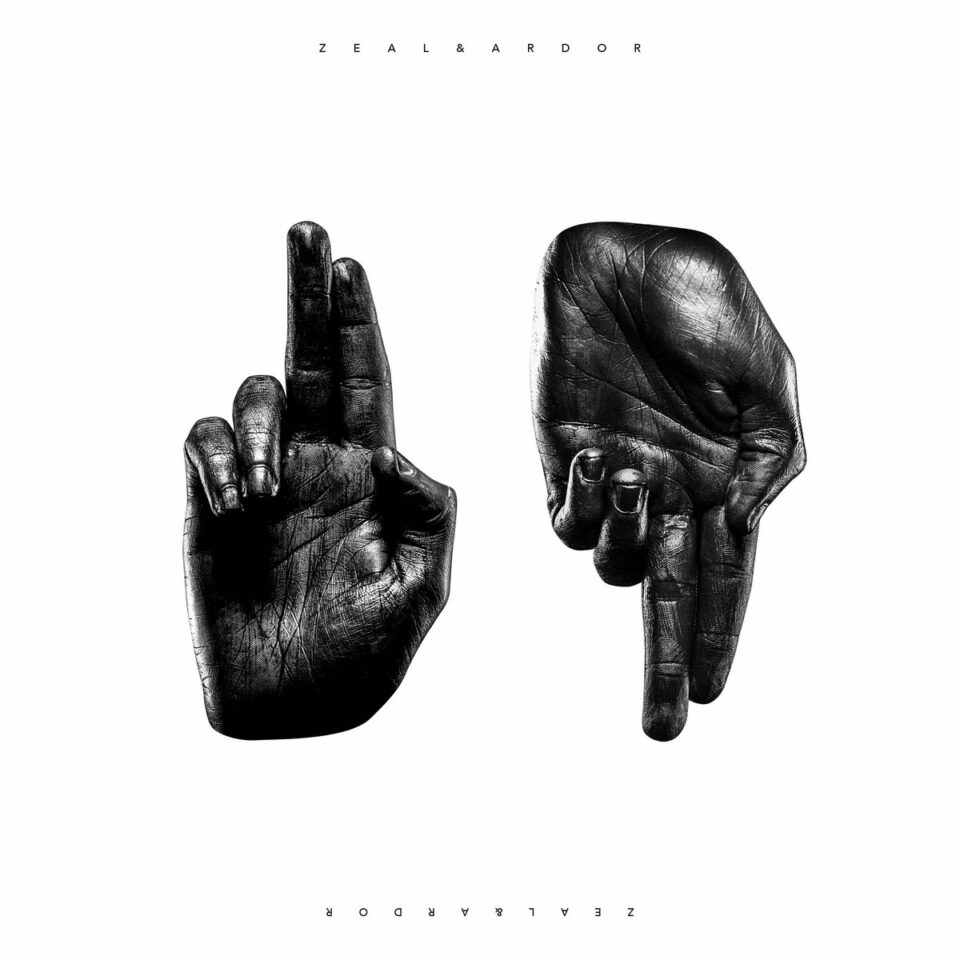
This third album of black metal incorporating African-American spirituals steps further into the future while reasserting the gruesome events of the past.

The balance between light and dark is both more pronounced and more nuanced than ever before on the British metal band’s sixth album.
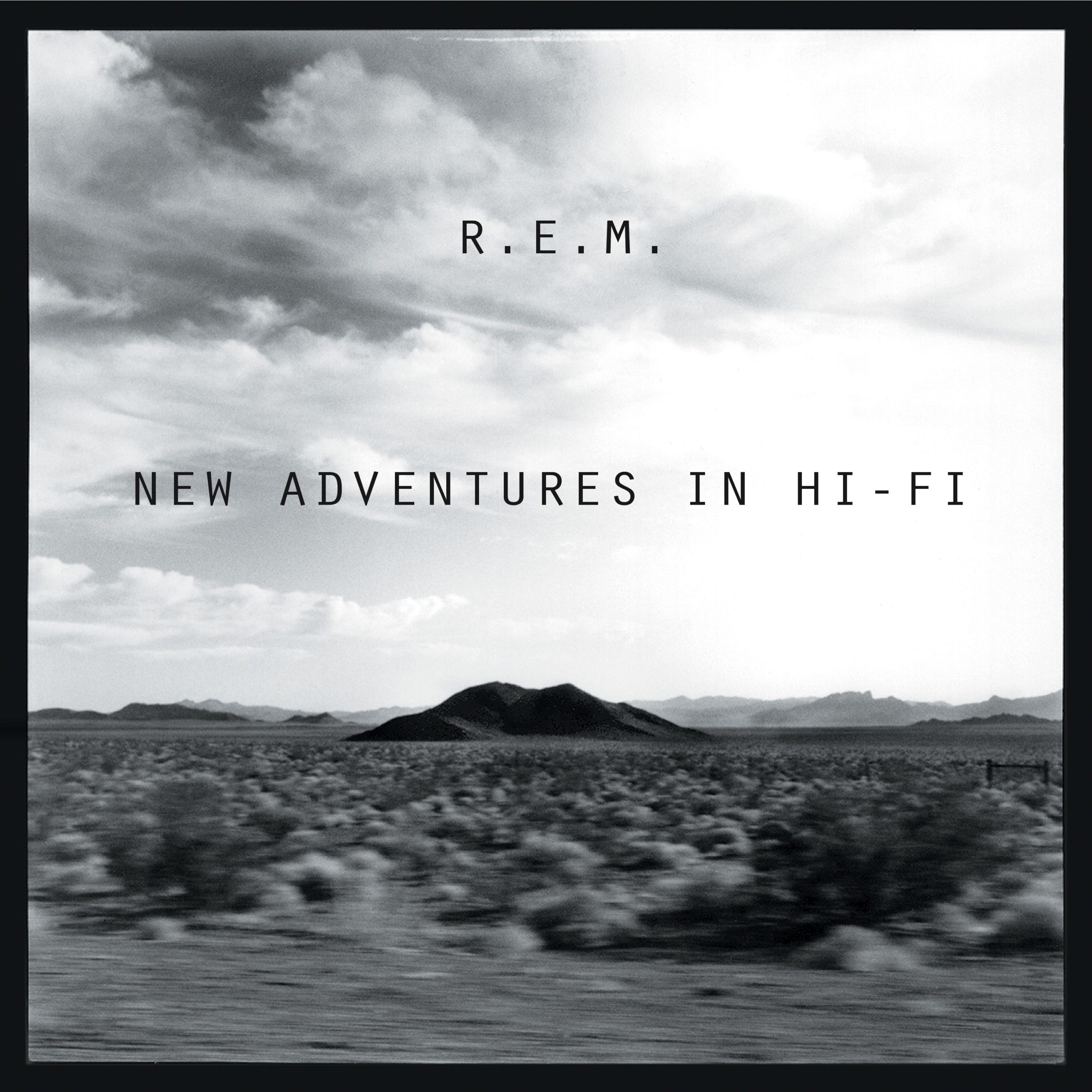
The addition of live recordings, B-sides, and covers from the era provide great context for this album, adding to its dark, gritty atmosphere.
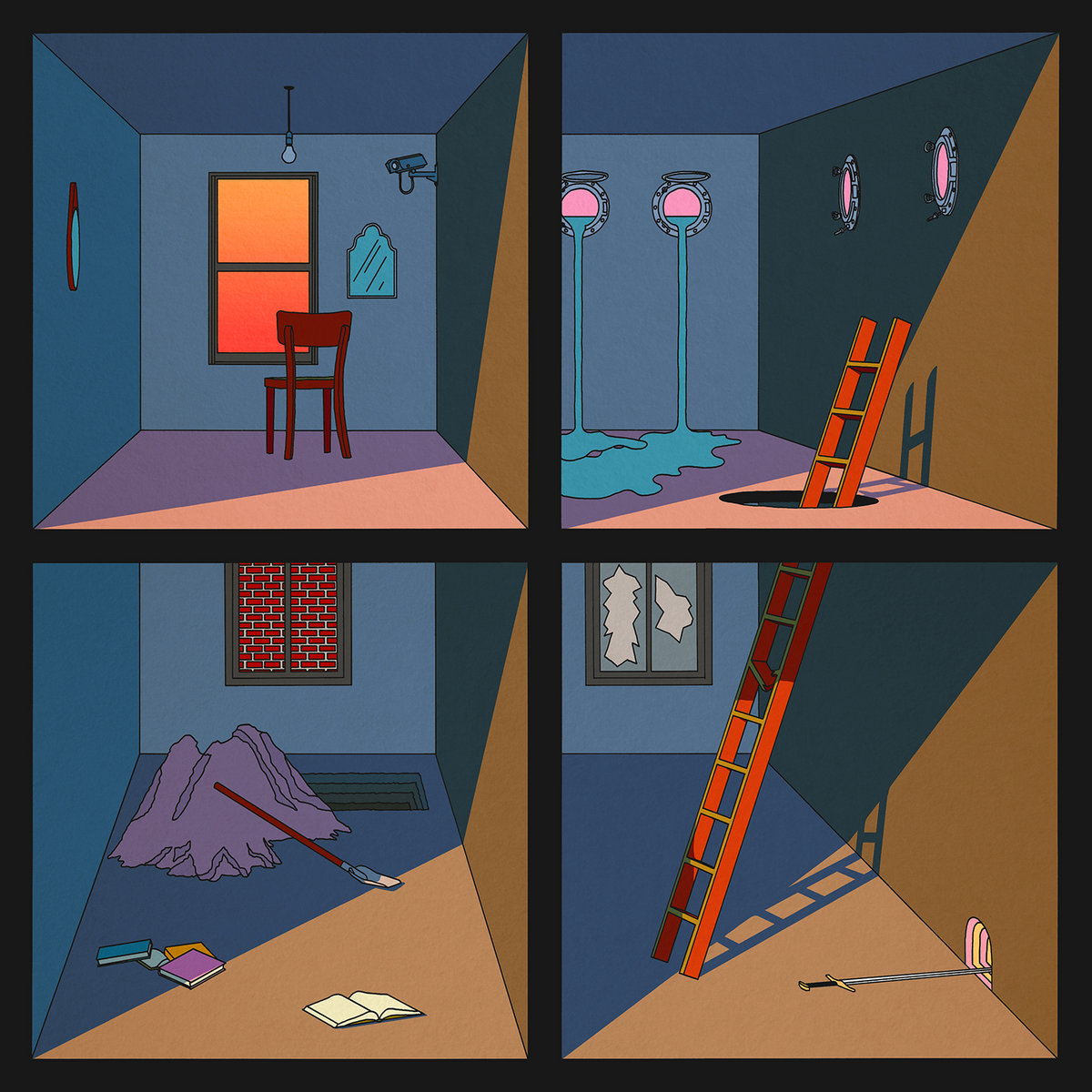
The group’s 5th LP tones down the dark, nervous energy that was previously at the core of their identity.
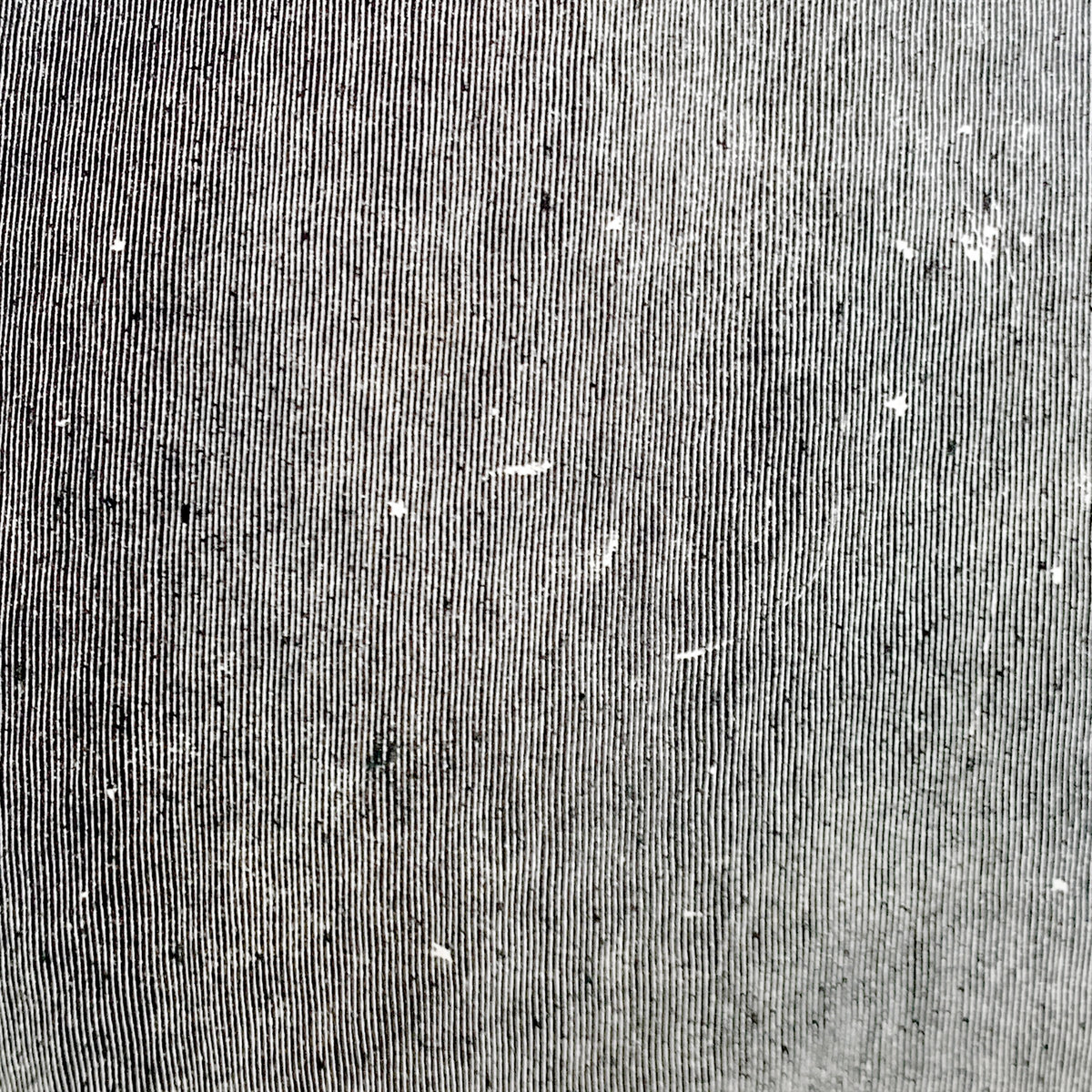
The duo’s 13th full-length often sounds less like a collection of songs than a manifestation of the frequency of existence.
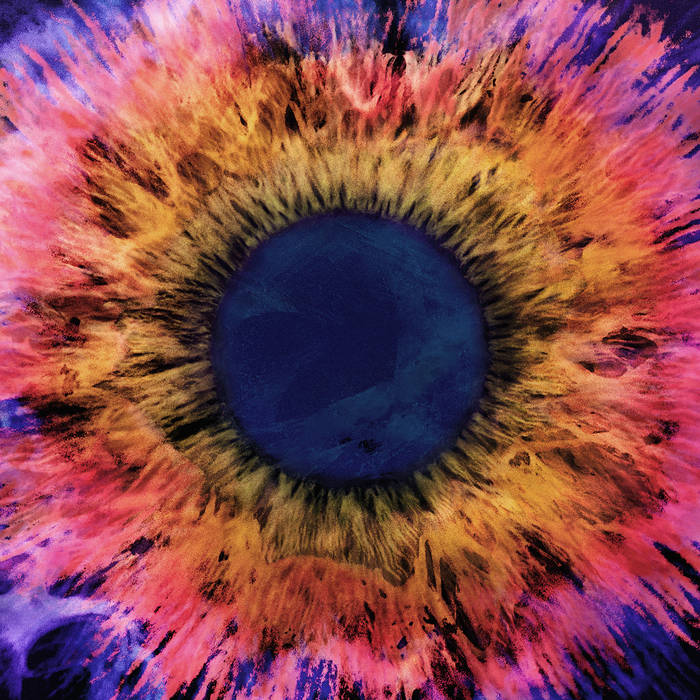
This 11th studio album isn’t as cohesive as some of the band’s previous efforts, but it shows they’re still evolving.
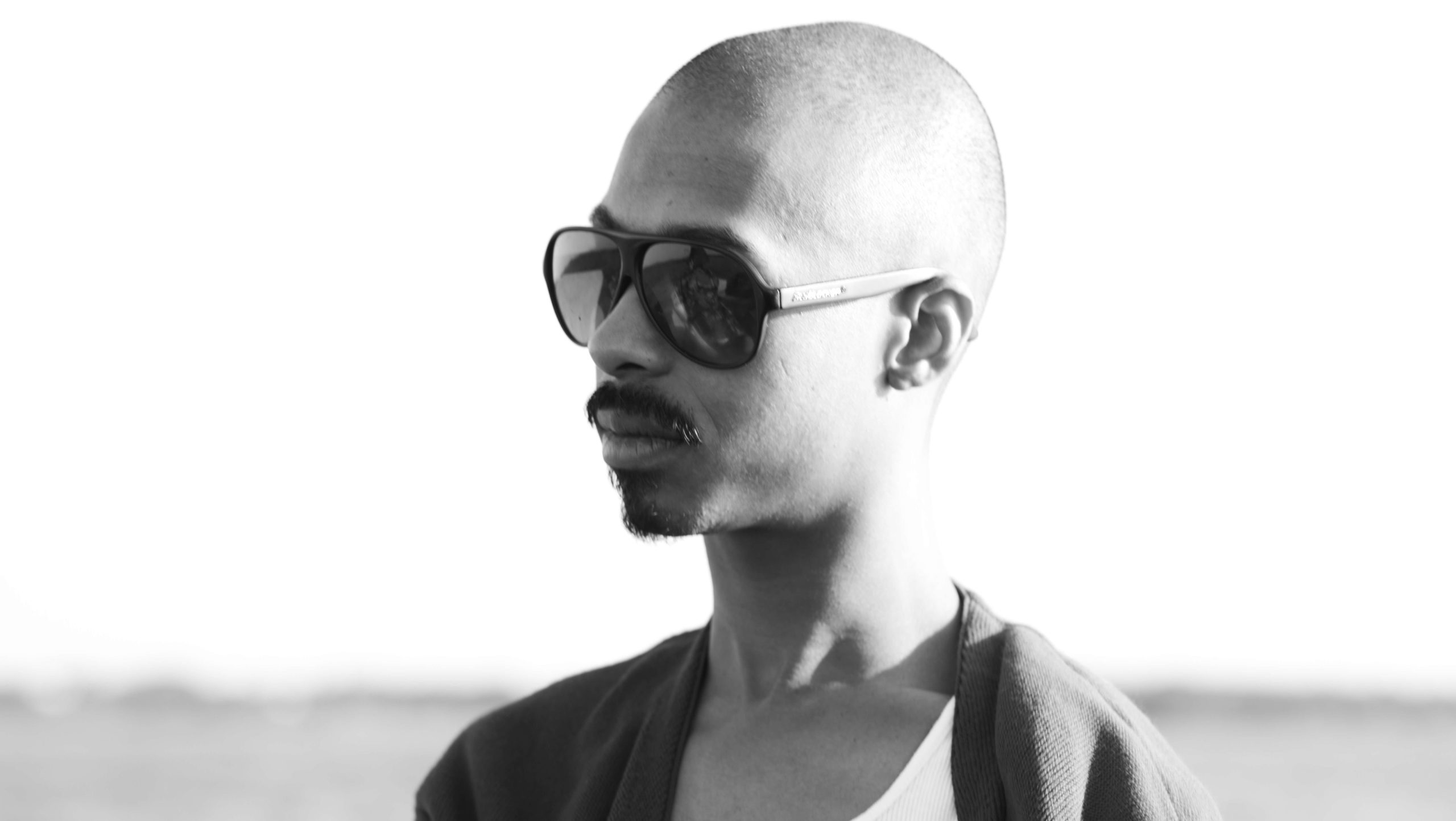
Mikaiah Lei discusses the new perspective that influenced his sophomore album that was seven years in the making.
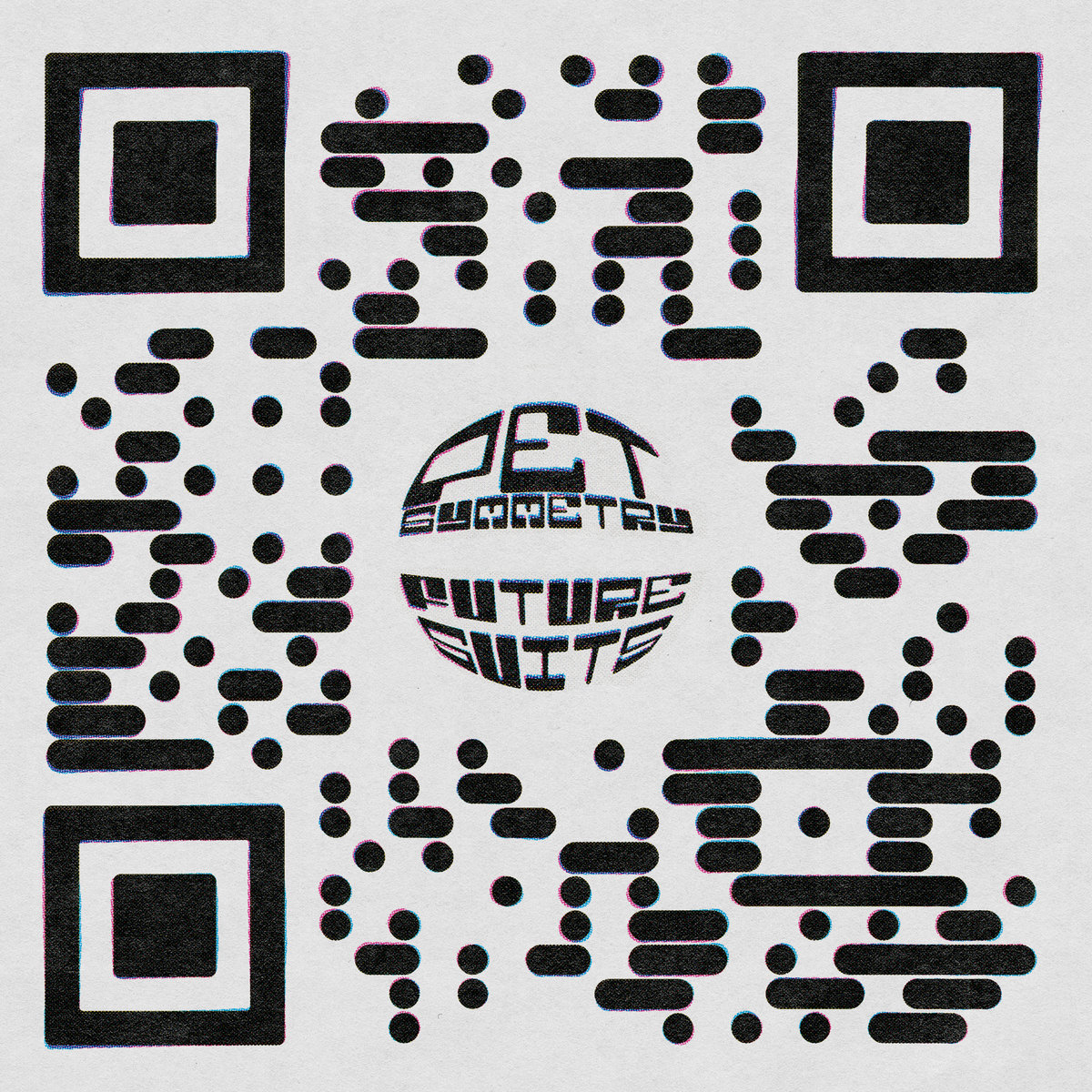
Beneath the facepalm titles on the band’s third full-length lie songs full of heart, purpose, and meaning.
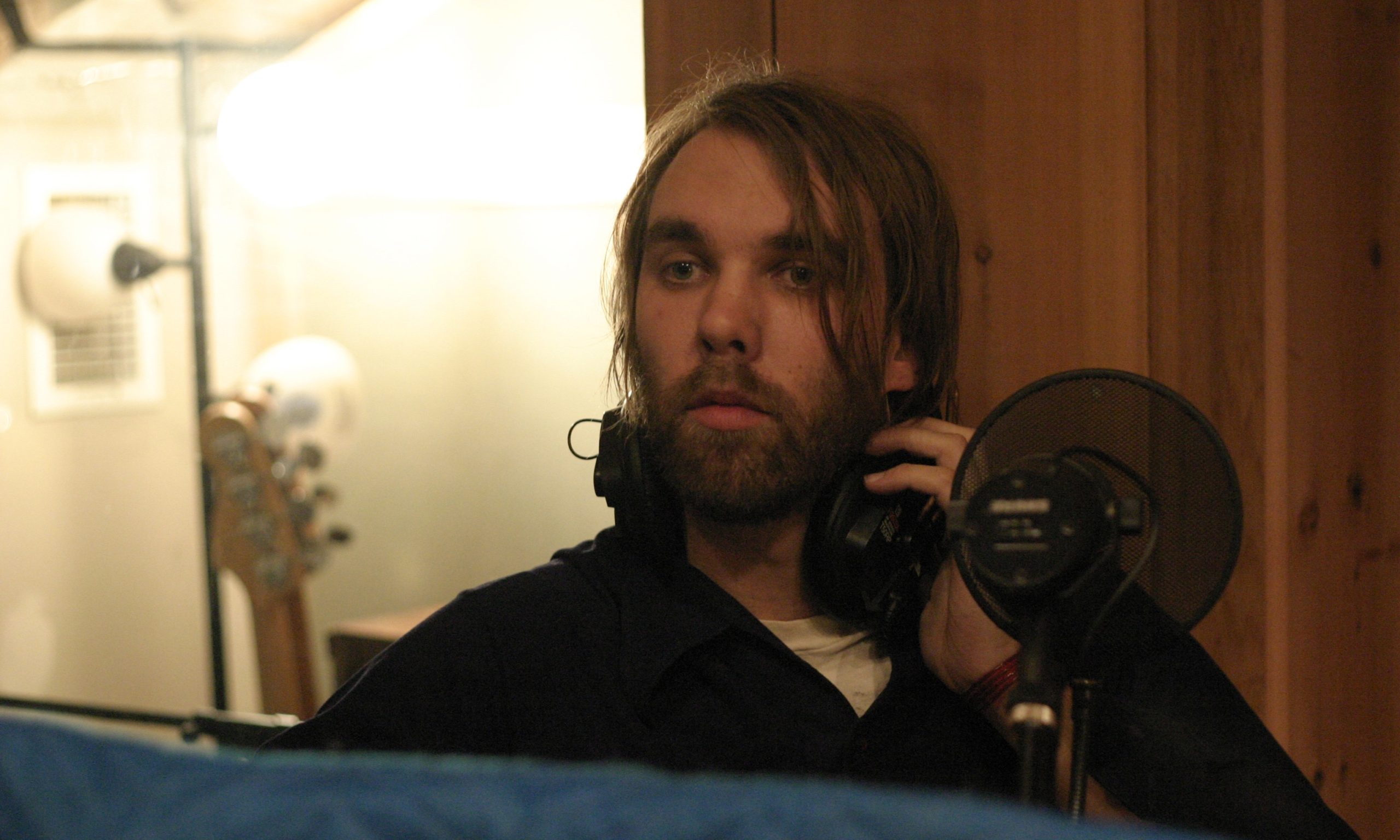
Chris Simpson also talks the past, present, and future of the band in a Q&A about his accompanying vinyl reissue project.
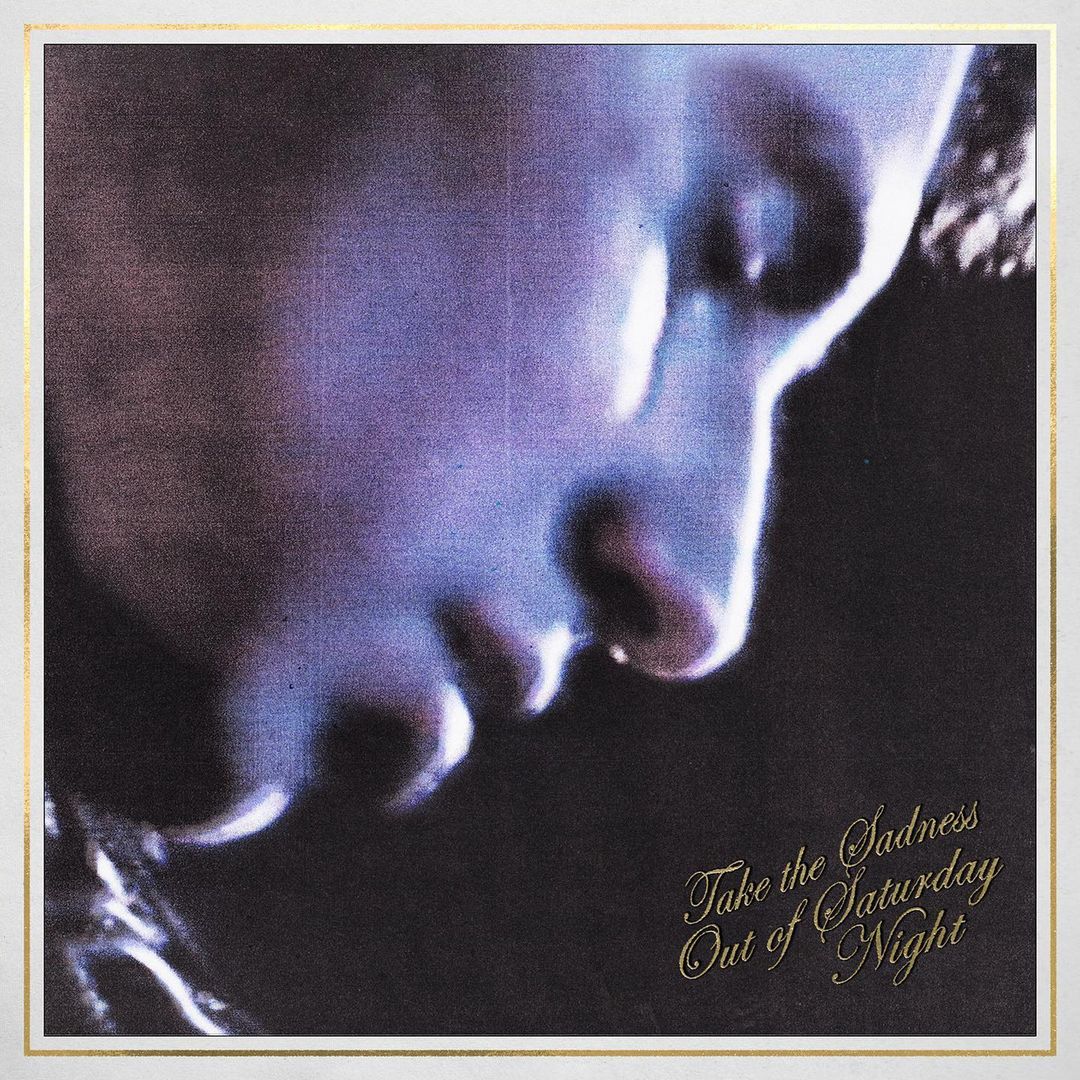
The third full-length from Jack Antonoff feels devoid of heart and soul, fizzling and fading forgettably into the background.

